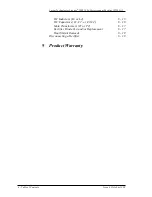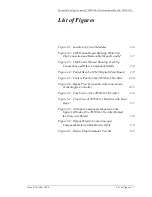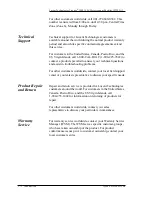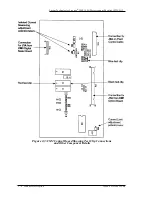
Lucent Technologies Lineage
®
2000 100A Ferroresonant Rectifier J85503A-1
2 - 2 Product Description
Issue 6 October 1998
•
Introduces far less noise into closely coupled telephone
lines than other technologies due to lower harmonic
components in the input current waveshape.
•
Provides highly efficient power conversion.
•
Ferroresonant technology and the rectifier's physical design
features combine to provide reliable service, easy
maintenance, and greater cost-effectiveness on a
dollars-per-output-ampere basis.
•
All components in the rectifier meet Lucent Technologies's
strict specifications and reliability standards. The rectifier
uses an extremely efficient free-convection cooling system
that keeps components operating at temperatures well
below the recommended maximum, resulting in high
reliability.
•
All circuits for power control, alarms, voltage regulation,
current limiting, restart, plant interface, and remote
monitoring/control are mounted on replaceable circuit
modules. Front access to the circuit modules simplifies
replacement or adjustment, if required. Standardized
modules simplify parts inventory, resulting in lower costs
and better equipment availability.
•
The rectifier is contemporary in appearance with a blue
cabinet, white front door, and flat-black control panel.
•
The rectifier can be used in a plant with or without batteries
and with or without a controller. One of three input voltages
and two output voltages may be ordered. Optional noise
filtering can be added. Each option requires different
equipment, which Lucent Technologies has organized into
numbered lists to simplify ordering. (See “Options.”)
Standard
Features
The J85503A-1, 100-ampere rectifier has the following standard
features.
•
Output current “walk-in”: This circuit controls the time
required for the rectifier to reach its rated output voltage
after it is turned on. Initially, the output voltage is about 80
percent of normal, and gradually increases to the required
value in approximately 10 seconds. As the output voltage
“walks in,” so does output current. This feature minimizes















































